Introduction au cochon de tuyau de gaz
Le racleur de gazoduc est un élément important de l’efficacité opérationnelle dans l’industrie du gaz naturel et un outil clé pour l’entretien des pipelines. Leur fonction est cruciale : assurer la fluidité de l’écoulement du gaz naturel à travers un vaste réseau de gazoducs. L’entretien correct de ces tuyaux n’est pas seulement une question d’efficacité ; Il est essentiel pour la sécurité, la protection de l’environnement et la fourniture ininterrompue d’énergie.
Comprendre le cochon de conduite de gaz
Un racleur de conduite de gaz est un appareil d’entretien utilisé pour effectuer diverses tâches à l’intérieur du tuyau, telles que le nettoyage et l’inspection. Le mot « porc » dérive du son distinctif émis par les premiers appareils de nettoyage mécanique lorsqu’ils passaient dans les tuyaux. La technologie de raclage a considérablement évolué au fil du temps, reflétant les progrès de la science des matériaux et de la technologie des capteurs qui ont amélioré la capacité de l’industrie à maintenir l’intégrité des pipelines et l’assurance de l’écoulement.
Types de racleur de tuyau de gaz
Cochons d’écume
Légers et adaptables, les racleurs d’étomoplate s’attaquent à diverses tâches de pipeline. Ils nettoient, sèchent et enlèvent facilement les débris légers. Fabriqués à partir de mousse de polyuréthane à cellules ouvertes, ils naviguent sans effort dans les virages des pipelines. Cela en fait un choix idéal pour l’entretien général.
Racleurs de mandrin en acier
Les racleurs à mandrin en acier se distinguent par leur résistance. Ils sont dotés d’un corps en acier auquel les opérateurs peuvent fixer des brosses ou des lames. Conçus pour un nettoyage difficile, ils s’attaquent de front à l’accumulation de tartre et de cire. Leur modularité permet une personnalisation, en s’adaptant aux défis spécifiques du pipeline.
Racleurs en fonte solide
Les racleurs en fonte solide offrent un mélange de durabilité et de flexibilité. Moulés d’une seule pièce, ces porcs excellent dans les tâches de nettoyage moyennes à lourdes. Ils jouent également un rôle dans le dosage et la séparation à l’intérieur des pipelines. Leur conception robuste leur permet de maintenir un bon contact avec la paroi du tuyau, ce qui est crucial pour un nettoyage efficace.
Sphères
Les sphères apportent une touche unique à l’entretien des pipelines. Fabriqués à partir de caoutchouc ou de matériaux gonflables, ils peuvent se faufiler dans les endroits étroits tout en assurant une étanchéité efficace. Idéales pour déplacer des liquides et séparer des produits, les sphères sont également essentielles pour la vérification des compteurs. Leur capacité d’étanchéité garantit des opérations efficaces.
Chaque type de racleur a un objectif spécifique, la conception et le choix des matériaux étant essentiels à la réussite de l’entretien des pipelines. Les opérateurs doivent adapter le racleur à la tâche à accomplir pour assurer le bon fonctionnement et la sécurité des pipelines.
Le processus de raclage expliqué
Guide étape par étape du processus de raclage
- Préparation: Les opérateurs commencent par s’assurer que la canalisation est prête pour le raclage, en vérifiant les pressions de fonctionnement et les conditions d’écoulement.
- Insertion: Ensuite, ils insèrent le racleur dans un lanceur – une chambre qui introduit le cochon dans le pipeline.
- Lancer: Avec la porte du lanceur scellée, la pression entraîne le racleur dans la canalisation. Les opérateurs surveillent de près le lancement.
- Traversée: Le racleur se déplace dans la canalisation, propulsé par le débit de produit ou la différence de pression.
- Nettoyage ou inspection: En se déplaçant, le racleur accomplit sa tâche, soit le nettoyage du pipeline ou l’inspection de son intégrité.
- Arrivée au récepteur: Le racleur finit par arriver à une station de réception, où il est retiré en toute sécurité du pipeline.
- Opérations post-raclage: Les opérateurs évaluent ensuite l’usure du racleur et les débris ou les données qu’il a recueillis. Cela permet de déterminer l’état du pipeline.
- Rapports: Enfin, ils documentent le processus de raclage, notent tout problème et planifient les futures opérations de raclage.
Entretien et stockage de la conduite de gaz Racleur
Solutions de stockage pour les racleurs de conduites de gaz
Entreposez les porcs dans un endroit frais et sec pour éviter toute dégradation. Accrochez-les verticalement si possible. Cela permet d’éviter la distorsion de forme. Couvrez-les pour les protéger de la poussière et de la lumière directe du soleil. Inspectez toujours régulièrement les zones d’entreposage pour assurer des conditions optimales.
Contrôles et routines d’entretien
Tout d’abord, inspectez visuellement les racleurs pour détecter les fissures, l’usure ou les dommages. Focus sur les éléments d’étanchéité et les accessoires de nettoyage. Remplacez rapidement les pièces usées pour maintenir les performances. Nettoyez les porcs après chaque utilisation pour prolonger leur durée de vie. Consignez les activités d’entretien avec diligence pour référence future. Des contrôles réguliers permettent de s’assurer que les porcs restent en parfait état pour une utilisation fiable.
Les avantages du raclage
Efficacité accrue de l’exploitation des pipelines
Le raclage optimise le débit, améliorant ainsi les performances du pipeline. Il élimine les blocages, ce qui améliore le débit du système. Un raclage régulier permet également de maintenir la pureté du produit.
Réduction des temps d’arrêt et des coûts de maintenance
Il permet d’éviter les défaillances coûteuses des pipelines. Le raclage détecte les problèmes à un stade précoce, ce qui réduit le besoin de réparations d’urgence. Cela permet de réduire le nombre de perturbations.
Avantages environnementaux du raclage régulier
Le raclage permet d’éviter les fuites, protégeant ainsi l’environnement. Il veille à ce que les contaminants ne pénètrent pas dans les écosystèmes. Des opérations efficaces signifient également moins de gaspillage d’énergie.
Conclusion
En conclusion, les racleurs de gazoducs jouent un rôle indispensable dans l’entretien et l’exploitation des gazoducs. En utilisant ces outils spécialisés, l’industrie assure non seulement le transport efficace de l’énergie, mais respecte également les normes les plus élevées en matière de sécurité et de respect de l’environnement. Les racleurs en mousse, les racleurs à mandrin en acier, les racleurs en fonte solide et les sphères ont chacun leurs fonctions et applications uniques, démontrant la polyvalence et la sophistication de la technologie de raclage.
Le processus de raclage, de la préparation à la production de rapports, témoigne de l’engagement de l’industrie envers l’excellence opérationnelle et la maintenance proactive. L’entreposage minutieux et l’entretien régulier des racleurs assurent leur longévité et leur efficacité, optimisant davantage l’exploitation des pipelines et protégeant l’infrastructure si essentielle à la livraison de l’énergie.
Les avantages substantiels du raclage, notamment l’efficacité opérationnelle accrue, la réduction des temps d’arrêt et des coûts de maintenance, ainsi que les avantages environnementaux, soulignent l’importance de cette pratique. À mesure que la demande de gaz naturel continue de croître, l’importance du raclage au sein de l’industrie augmente également. C’est une pratique qui sert non seulement le présent, mais ouvre également la voie à un avenir énergétique plus fiable et durable.


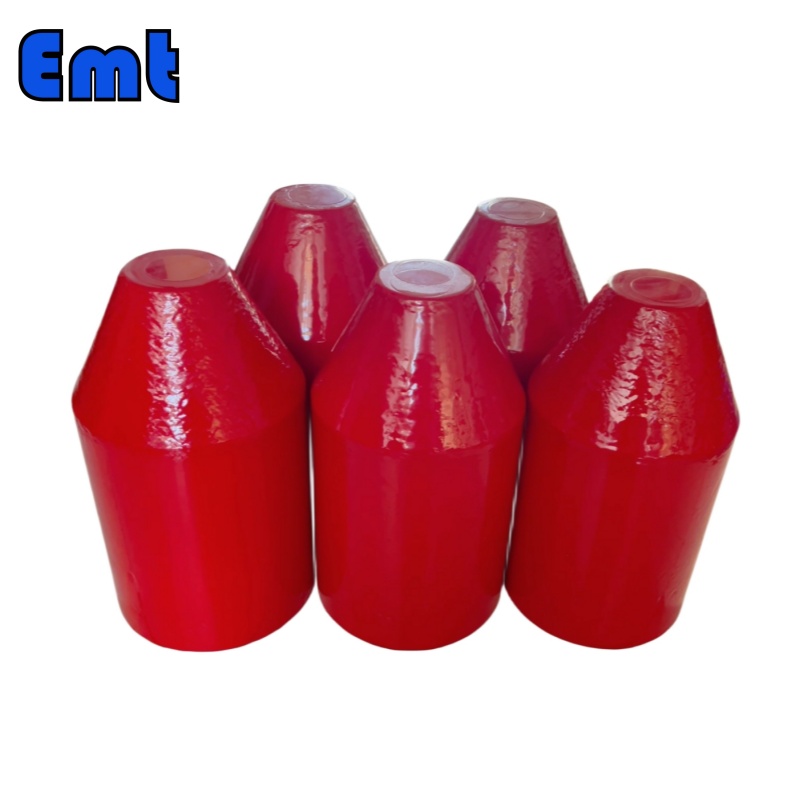

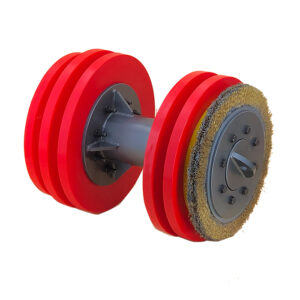
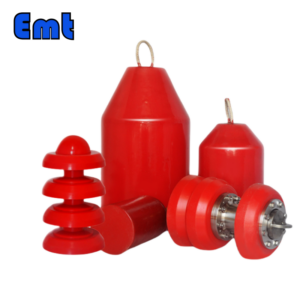
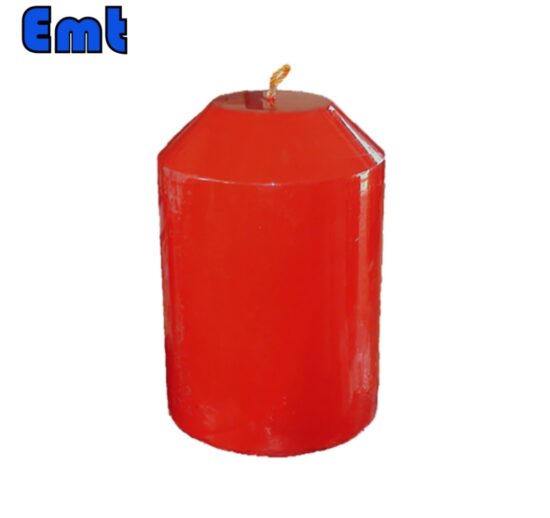

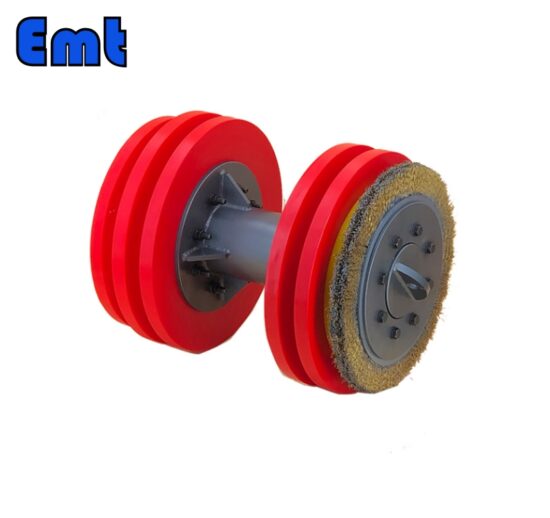
Il n’y a pas encore d’avis.